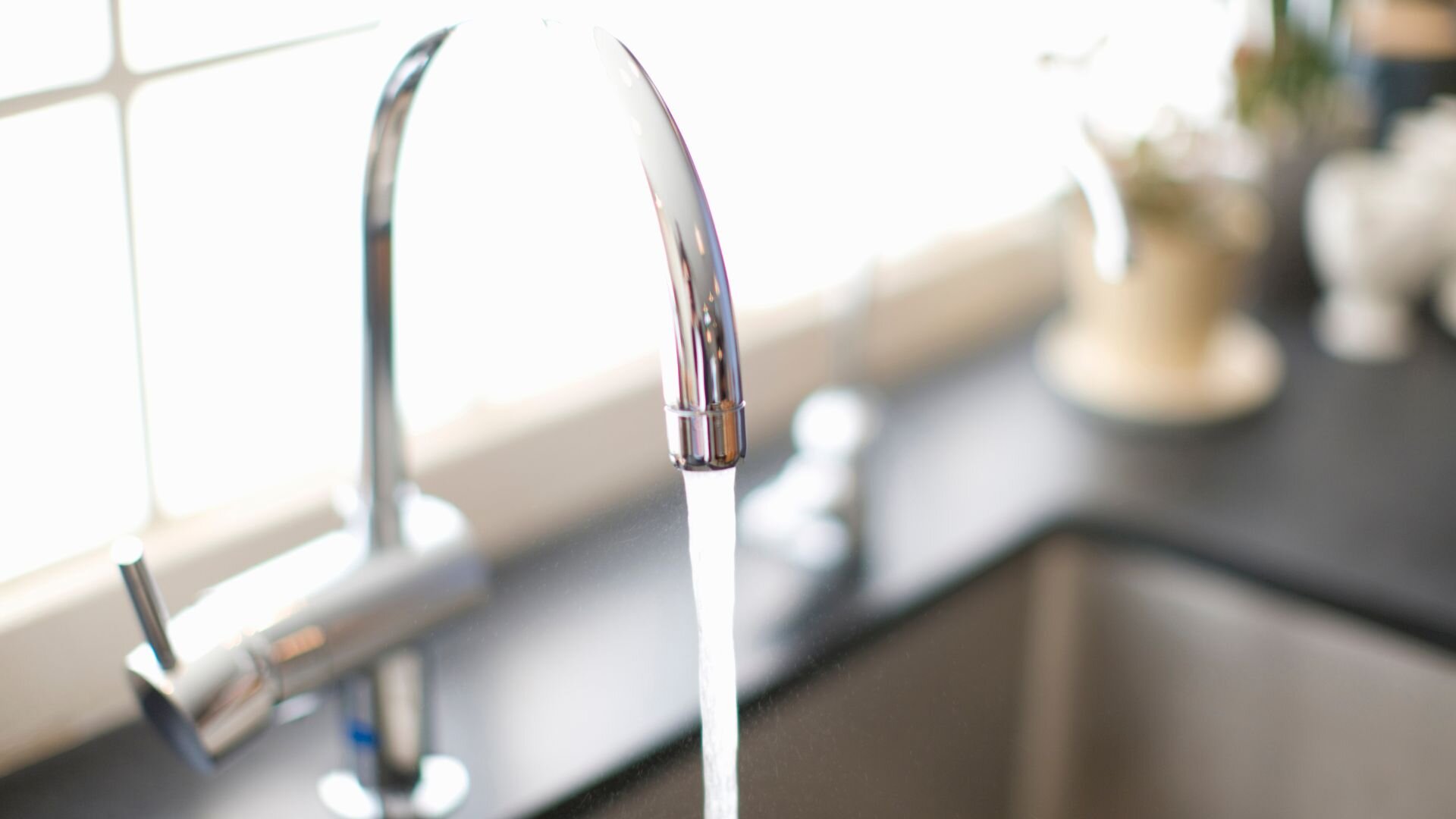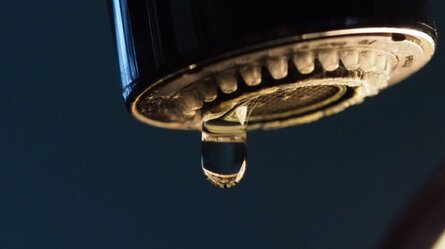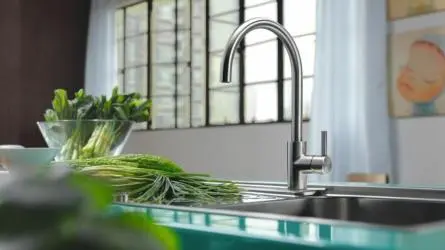Is your tap trying to tell you something? We tend to take tap water for granted. Turn the handle, and out it flows—simple, right? But what if the water itself is the reason your taps are leaking, stiff, or just not working like they used to?
What flows through your pipes has a huge say in how your tapware performs over time. From water pressure to corrosion and general plumbing health, the quality of your water often plays the unsung villain. Tap issues like leaks, squeaky handles, and reduced flow are frequently linked to what’s in the water, often more than wear and tear alone.
So, before you replace that faulty tap again, it might be time to take a closer look at what’s really running through your plumbing. Let’s explore how water quality affects your tapware—and more importantly, what you can do about it.
Australian Water Quality - What Is It?
Australia’s drinking water is held to high standards, but even ‘safe’ water can be harsh on your plumbing.
The Australian Drinking Water Guidelines (ADWG) set the benchmark for water safety, covering things like microbial content, chemical levels, and physical appearance. While these standards ensure water is fit for consumption, they don’t always mean your water is gentle on tapware.

One major factor? Water hardness—the concentration of minerals like calcium and magnesium. Regions like Perth are known for harder water, which means more minerals that can build up in your taps. In contrast, Brisbanehas softer water, which is typically easier on plumbing.
Common water contaminants across the country include:
- Calcium and magnesium cause mineral buildup (limescale)
- Chlorine – added to kill bacteria, but harsh on rubber components
- Sediment – fine particles that can clog filters and cartridges
- Trace metals – like iron and copper, especially from ageing pipes
Even if your water tastes fine, its composition might be silently shortening your tapware’s lifespan.
How Water Composition Affects Tap Components
Tapware might seem sturdy, but its inner workings are surprisingly sensitive to water quality.
Corrosion of Internal Parts
Minerals and chemicals like chlorine can corrode internal tap parts over time. Rubber washers and O-rings are especially vulnerable, breaking down and leading to leaks. Ceramic discs—common in modern mixer taps—can also degrade faster in water with high chemical content.
Limescale Build-Up
Hard water is notorious for limescale, a chalky deposit that forms when calcium and magnesium settle. Limescale clogs the small channels inside taps, leading to stiff handles, reduced water flow, or taps that no longer seal properly.
Sediment Wear
Tiny particles in water—think dirt, rust, or sand—act like sandpaper. Over time, they grind away at tap components, particularly inside cartridges. This not only causes uneven flow but can also lead to complete tap failure.
pH Levels and Metal Degradation
Water that’s too acidic or alkaline throws off the balance. Acidic water, for example, can eat away at brass fittings, while overly alkaline water leads to scaling. Neither is ideal for tap longevity.
Common Symptoms of Poor Water Quality in Taps
Not sure if your water is to blame? Your tap might already be showing the signs.

1. Stiff or Squeaky Handles
This often points to limescale or sediment making internal mechanisms grind. If it feels like you need muscles to turn the tap on, take note.
2. Irregular Water Flow
Water sputtering or flowing unevenly usually signals blockages, often caused by sediment or mineral buildup inside the aerator or cartridge.
3. Discoloured or Cloudy Water
Rusty or cloudy water may indicate sediment, old pipes, or metal leaching. Either way, it’s not a good sign for your plumbing.
4. Dripping Taps
If you’ve tightened everything and it’s still dripping, the rubber seals or ceramic discs may be corroded or no longer sealing correctly due to mineral deposits.
5. Early Wear and Tear
Frequent tap replacements or repairs? You might be dealing with harsh water, not poor product design.
Left unchecked, these issues can snowball into major plumbing problems like burst pipes or water damage. Recognising these symptoms early can save you time and costly repairs down the track.
Water Quality & Tap Performance: Regional Case Study Comparison
Let’s compare two places with very different water profiles: Perth and Hobart.
In Perth, the water is much harder, meaning it contains higher levels of calcium and magnesium. Residents here report more frequent limescale problems—think clogged aerators and stiff taps. It’s also common to see tapware replacements needed more often.
Meanwhile, in Hobart, softer water puts less stress on plumbing. Households here tend to go longer without major tap issues and experience fewer limescale problems.
As a result, people in Perth often invest in filtration systems or softeners, while those in Hobart might not see the need. These regional differences also affect what type of tapware gets installed—Perth homes might lean towards models with better corrosion resistance or easier access for cleaning.
Where you live plays a bigger role than you might think in how your tapware performs.
What You Can Do to Improve Tap Longevity
Worried about your tapware? The good news is, you’ve got options.

1. Install a Filtration or Softening System
Tailor it to your local water conditions. In hard water areas, softeners can drastically reduce limescale. In areas with sediment or chlorine, carbon water filters or sediment traps can help.
2. Regular Cleaning
Pop off the aerators and give them a scrub every few months. Mineral deposits love to hide in small crevices. Cleaning helps maintain good water flow and pressure.
3. Choose Smart Tapware
Look for tapware made from corrosion-resistant materials like stainless steel or brass with high-quality internal parts. Ceramic disc taps are durable but still need good water to last.
4. Schedule Annual Plumbing Checks
Just like your car, your plumbing system needs a once-over. A plumber can catch early signs of corrosion, blockages, or leaks you might miss.
5. Monitor Water Quality Reports
Sites like the Water Corporation offer updates on your local water quality. Staying informed helps you plan maintenance or upgrades before problems start.
Taking these steps can add years to your tapware—and save you a world of hassle.
Clean Water, Better Taps
Your tap’s health starts with what flows through it. Clear, balanced water keeps your fixtures working smoothly and your plumbing in top shape. Stay alert to small signs—they often signal bigger issues on the way.
Woolf Plumbing – Experts in Leaking Taps & More
Got a stubborn tap that just won’t stop dripping? Or maybe the water pressure seems off? At Woolf Plumbing, we understand that not all tap issues are about faulty fittings—often, it’s the water behind the scenes.
Our experienced team doesn’t just patch up problems—we diagnose and fix the root cause. From testing your water quality to recommending tapware that fits your local conditions, we’re here to keep your home running smoothly.
Whether it’s leaks, corrosion, or pressure issues, we’ve got the tools and know-how to get it sorted. We also offer regular maintenance checks, so you’re never caught off guard.
Contact Woolf Plumbing today in Perth for a comprehensive plumbing health check. Because your taps deserve better—and so do you.




